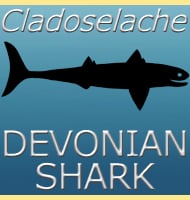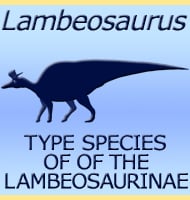In Depth
The skull of Euconcordia was originally described as Concordia in 2005. However, it was later established that Concordia had already been used, so in 2016 the skull was renamed Euconcordia. Whereas concordia roughly translates from Latin to English as ‘harmony’, Euconcordia would simply mean ‘true harmony’.
Euconcordia lived in North America during the late Carboniferous period. Although the body of Euconcordia is unknown at the time of writing, the genus has a reasonably well preserved skull, which was roughly triangular when viewed from above with a broad base, just like other captorhinids.
Further Reading
- An early captorhinid reptile (Amniota, Eureptilia) from the Upper Carboniferous of Hamilton, Kansas. - Journal of Vertebrate Paleontology. 25 (3): 561–568 - Johannes M�ller and Robert R. Reisz - 2005. - Euconcordia nom. nov., a replacement name for the captorhinid eureptile Concordia M�ller and Reisz, 2005 (non Kingsley, 1880), with new data on its dentition. - Vertebrate Anatomy Morphology Palaeontology 3:1-6. - R. R. Reisz, Y. Haridy & J. M�ller - 2016.








